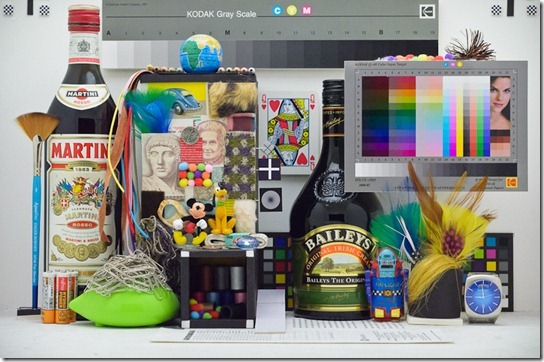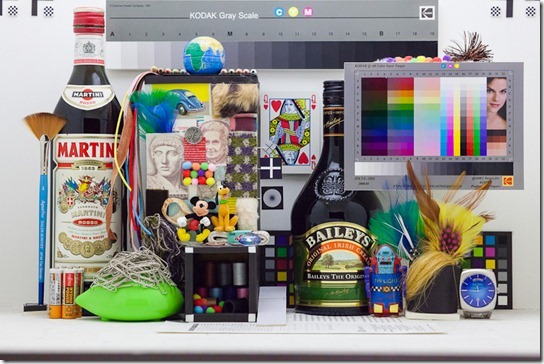DPReview.com has posted their samples for the D4 to the comparator. I thought it might be worth a look to see how these cameras compared. After all, these are all great cameras and they should all be capable at this ISO. Of course, the three full frame cameras should have a clear advantage over the lowly APS-C camera, no?
No. Not quite.
In fact, I was quite surprised to see that the D7000 almost holds its own against the 5D Mk II. Of course, when we start seeing the samples from the 5D Mk III, perhaps the tables will turn. But the resolution has gone up dramatically (for Canon that is) and I don’t know that they can improve things.
Anyway, some crops from the comparator … I chose RAW, since serious shooters are generally going to use RAW for this high an ISO.
This remains my favorite crop as the texture of the wool really draws out the ability of the sensor to maintain what I like to call 3-Dimensionality. The D3s is almost perfect, an amazing feat. The D4 matches it at a higher resolution, and it has slightly less chroma noise – a feature of the newer Nikon sensors that I first noticed with the D7000.
What is surprising is that the 5D Mk II breaks down with grain and chroma issues much more than the full frame Nikons. So much so that the D7000 is in a virtual tie. There is still a slight improvement in the resolution of the lines in the face, but this is a standard feature of higher resolution. But it is really close.
With the watch, the main difference is grain. The D3s has none, the D4 has a tiny amount, the 5D Mk II a bit more than that. And the D7000 a bit more again.
The Nikons lead again, but the D7000 is definitely slightly behind the 5D Mk II here.
The feathers are always interesting in that we see the ability of the sensors to handle low contrast details. The D3s is again near perfect while the D4 is very slightly more grainy. The Canon is much more grainy with chroma noise interfering and the D7000 a slight increment over that again. I suspect that processing the two would be about on par, so this is close to a tie again.
The paper clips and straps is an interesting area, where the Nikons have a huge lead. There is too much grain and noise for the Canon to resolve the wall texture very well, and the D7000 effect is even stronger, but just barely. The darker strap looks a little better on the Canon, but the lighter one is a tie. Not much difference at all in the clips.
Another crop that clearly separates the four cameras into two classes. Hopefully, Canon will reestablish full frame high ISO performance in the 5D Mk III.
Of course, any modern dSLR is going to look magnificent at 6400 at web sizes. The D7000 and 5D Mk II are no exception. Here are a couple of Lightroom 4 Beta 1 conversions to prove it … remember, 6400 ISO.
This was just an exploration of something I found interesting, so there could be no formal conclusion. But I’ll suggest that the D4 is surprisingly close to the D3s, and with its resolution advantage, my guess is that the D4 will be shot exactly as the D3s was shot.
As for the Canon 5D Mark II, I would say that this is a case of the sensor being old technology, behind that of the D7000, which is why they are so close. But that would not be true, as the Mark II came out months after the D7000. Oops …






